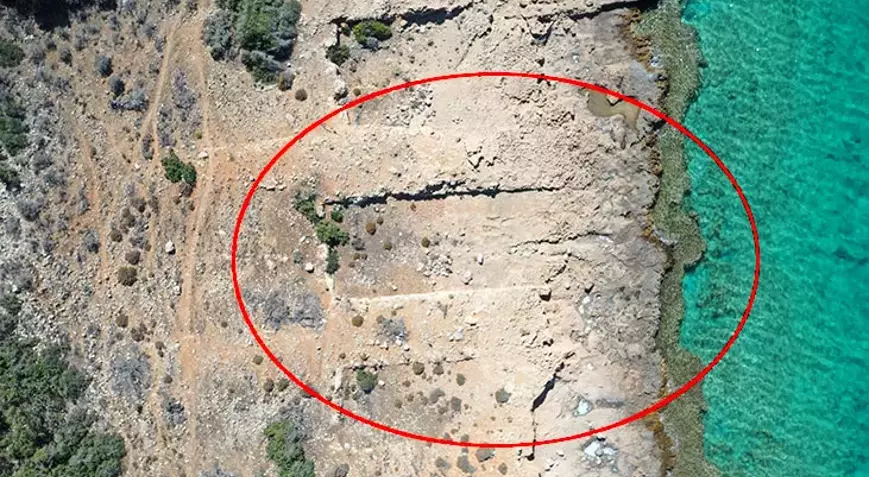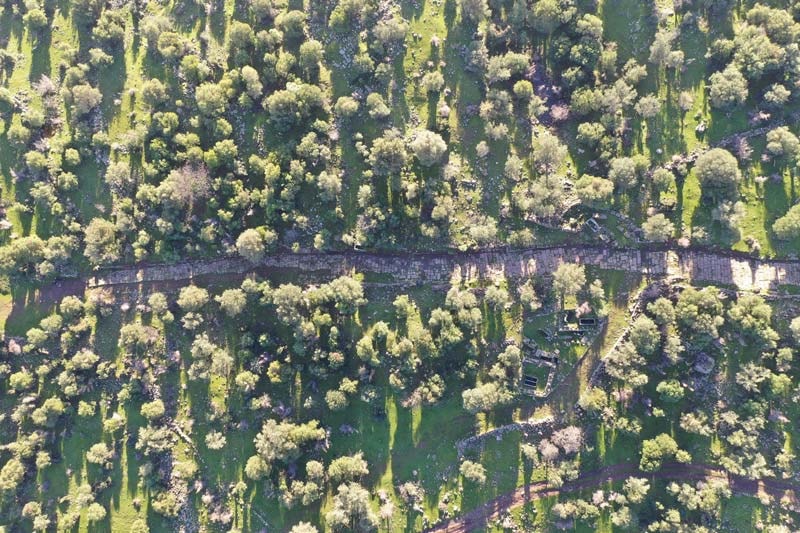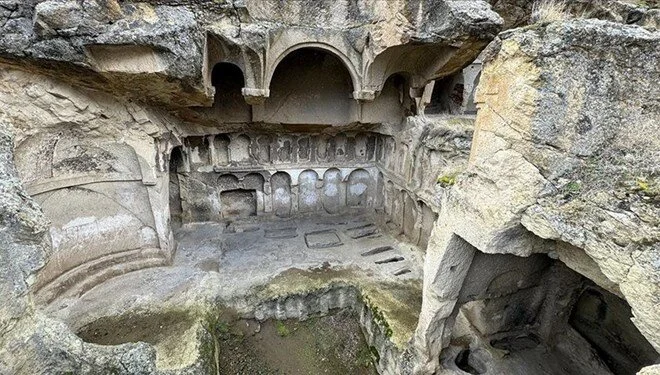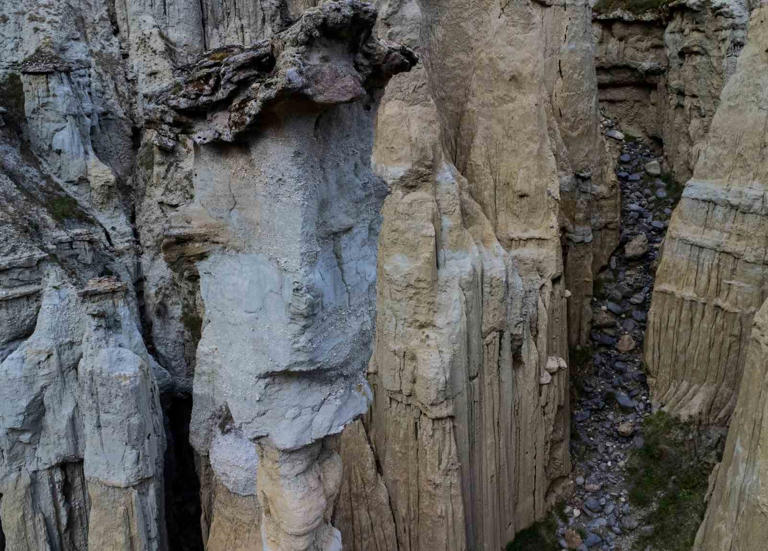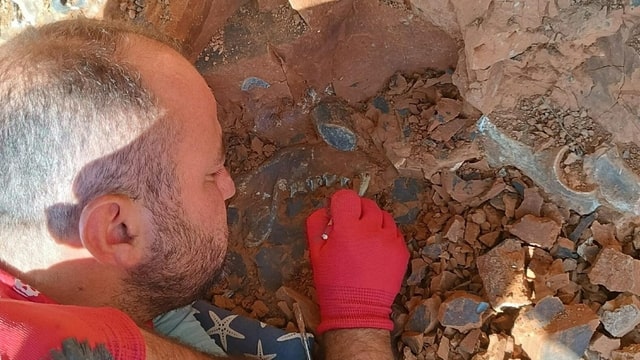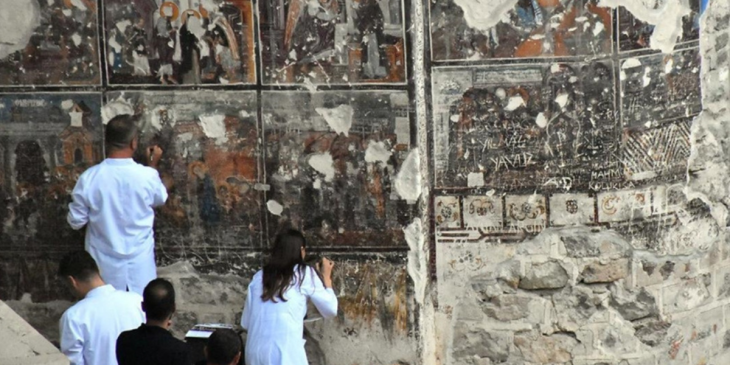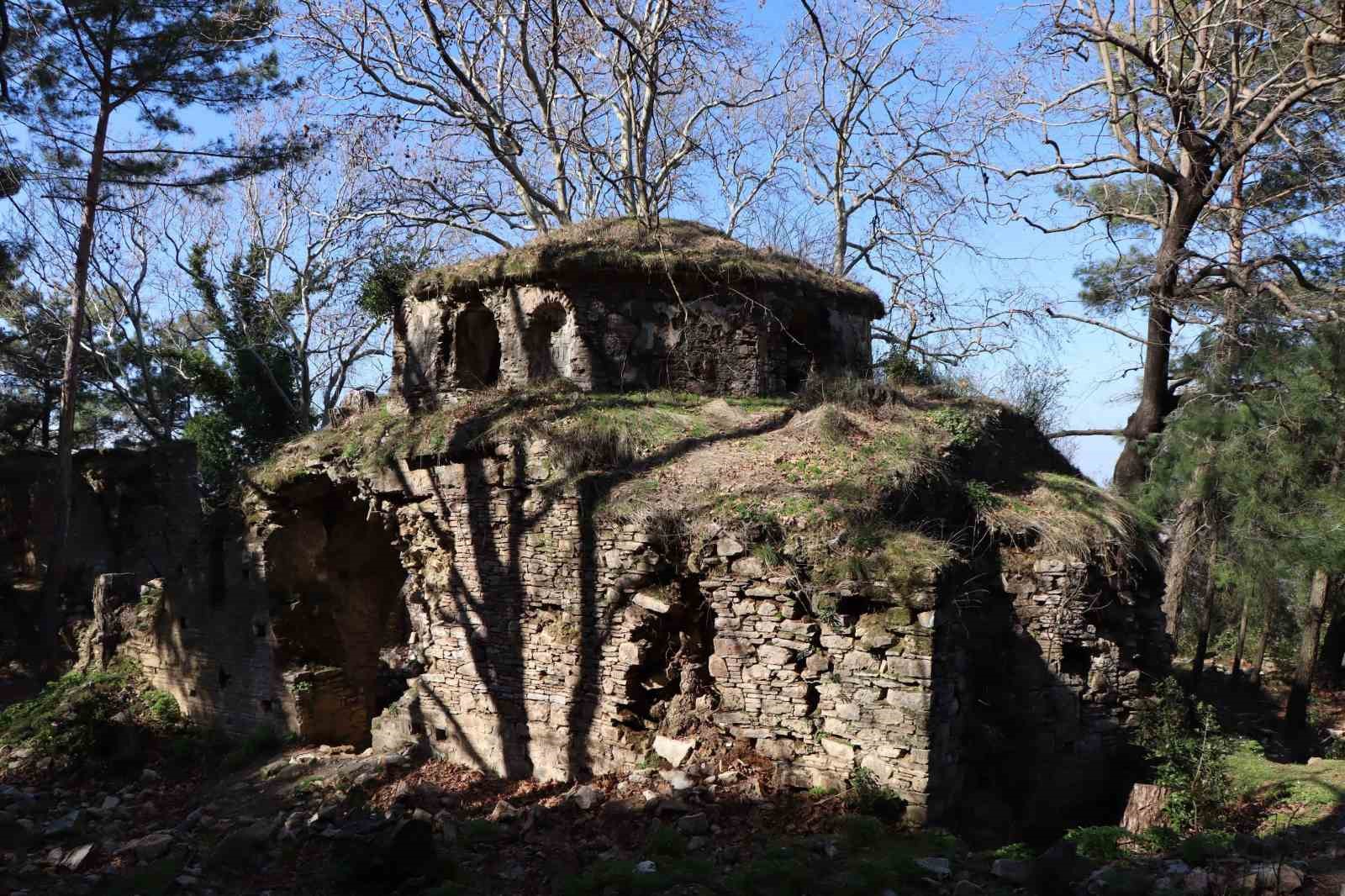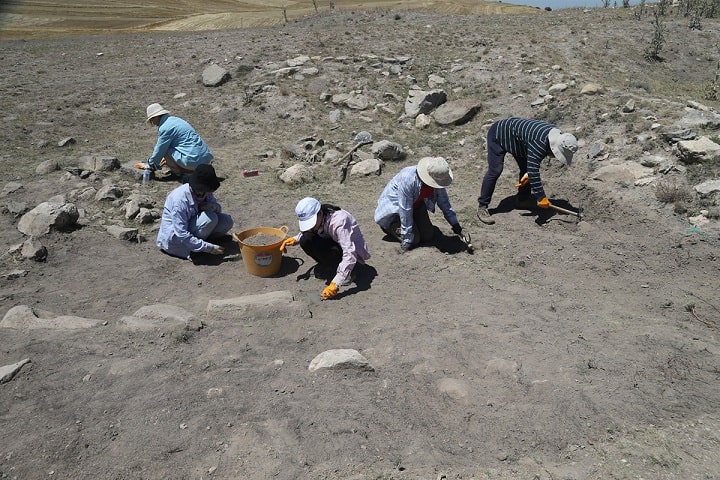Turkey has managed to recover thousands of cultural artifacts that it has been tracking since 1980.
Historical artifacts smuggled abroad are being brought back with the efforts of the teams fighting against cultural heritage smuggling within the Ministry of Culture and Tourism.
According to the data of the General Directorate of Cultural Heritage and Museums on ‘Artifacts Returned from Abroad’, 25,524 historical artifacts and cultural assets that were smuggled abroad until today have been brought to Turkey.
Germany, Croatia, Bulgaria, the UK, the USA and Serbia were among the countries where the most historical artifacts were brought.
According to the list, 8 thousand 670 artifacts were brought from Germany, 4 thousand 147 from Croatia, 3 thousand 742 from the UK, 3 thousand 61 from Bulgaria, 2 thousand 599 from the USA and 1865 from Serbia.
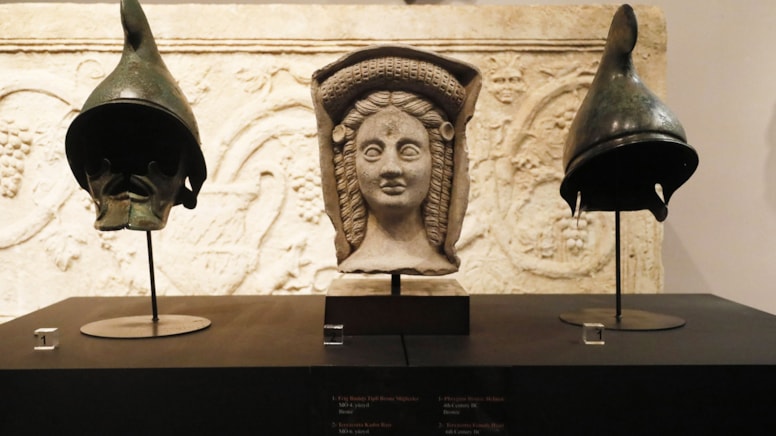
The traces of the artifacts are being followed like a detective
Within the scope of the work carried out by the Ministry, 17 artifacts were returned this year. Two artifacts each from France and the UK, 11 from Italy, and one each from Switzerland and Germany were brought to Turkey.
This year, a bronze coin dated to the period of Justin I (5l8-527), one of the Byzantine emperors, and another bronze coin dated to the period of Nasreddin Artuk-Aslan (1200-1239), one of the Artuqid beys, were returned by a person residing in France.

A terracotta vase from the Roman period, which was delivered to the Consulate General in Stuttgart by a German citizen stating that it had been taken out of Turkey 30 years ago, was brought to Turkey.
After it was offered for sale at an auction house in the UK, the marble Korean Torso was returned.
The monumental bronze statue of the emperor, originating from the ancient city of Boubon, was brought to Antalya in 2011 after its auction buyer learned about its illegal past and agreed to return it to Turkey.
The 11 terracotta artifacts seized as part of an investigation carried out by the Florence Prosecutor’s Office were returned after it was proven that they originated from Turkey.
The Archaeological Service of the Canton of Graubünden contacted the Swiss Federal Office of Culture (FOC) and voluntarily returned a marble inscription fragment to Turkey, which was understood to be of origin from the ancient city of Miletus.
Cover Photo: DHA





